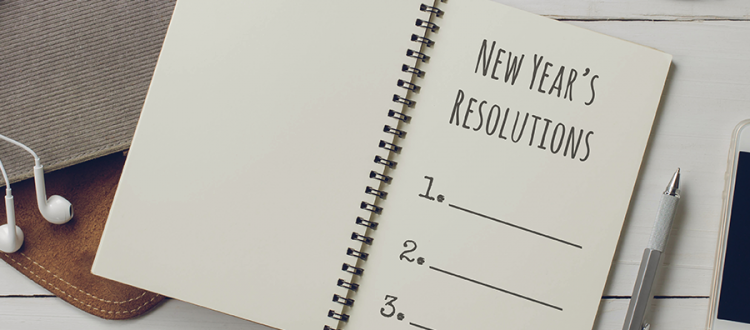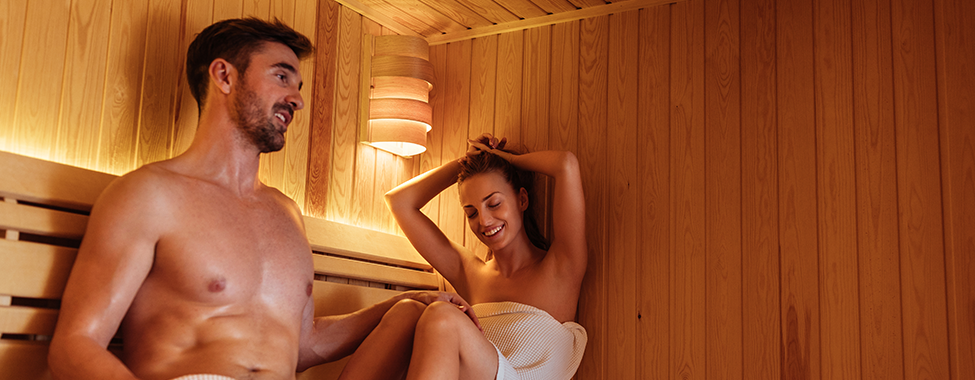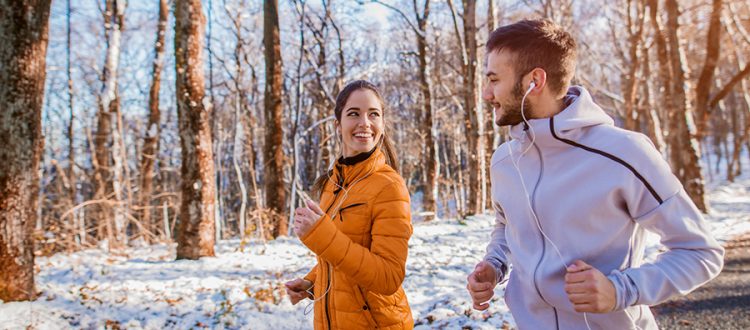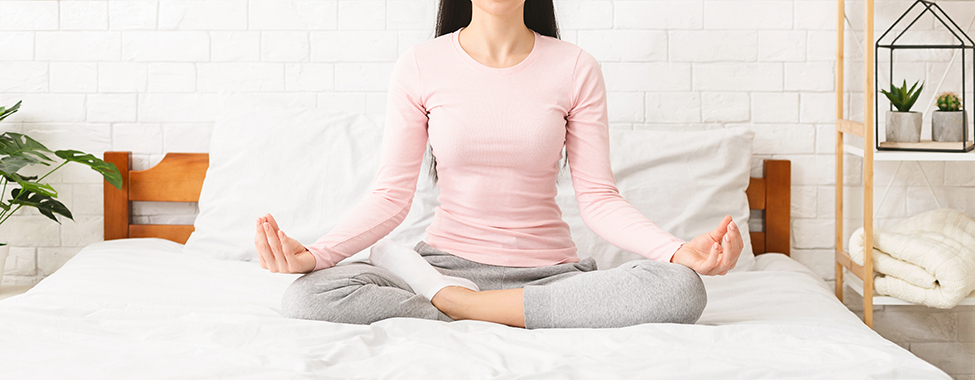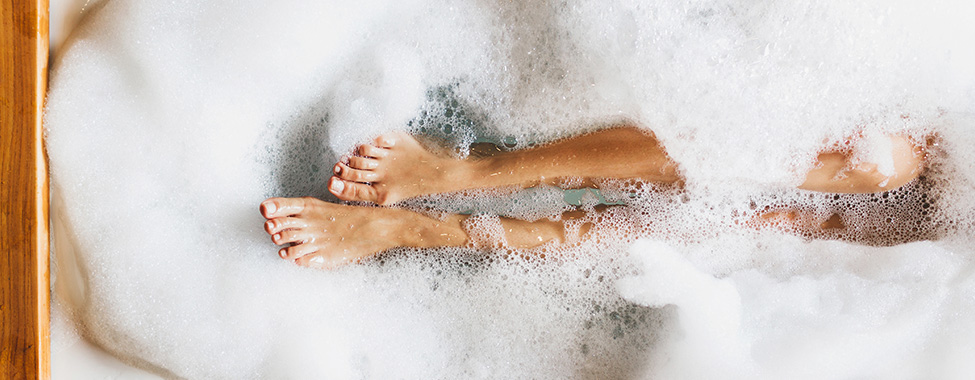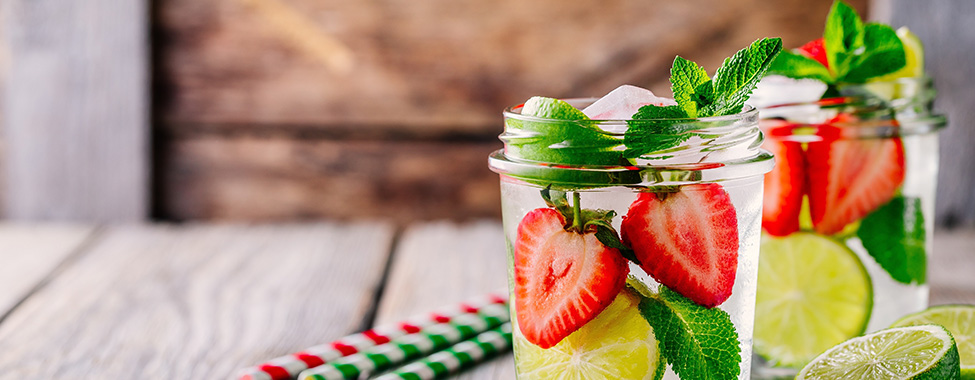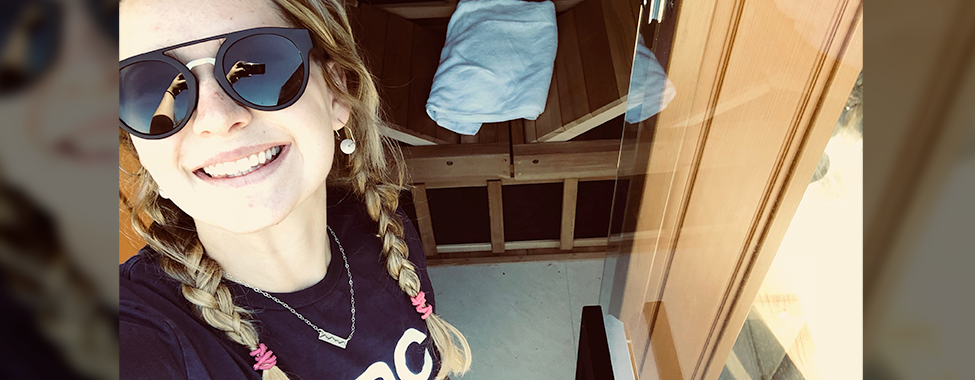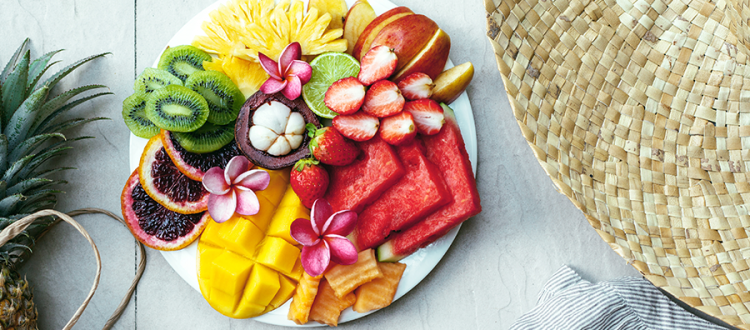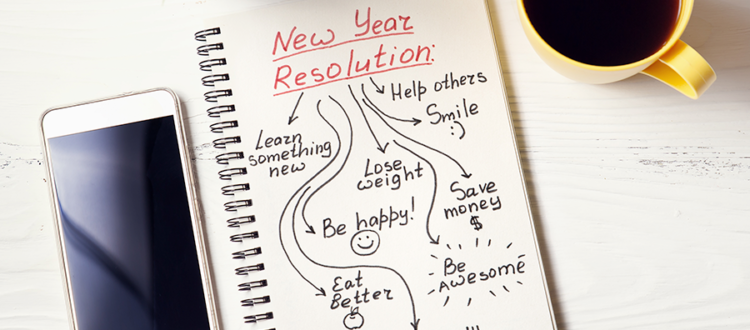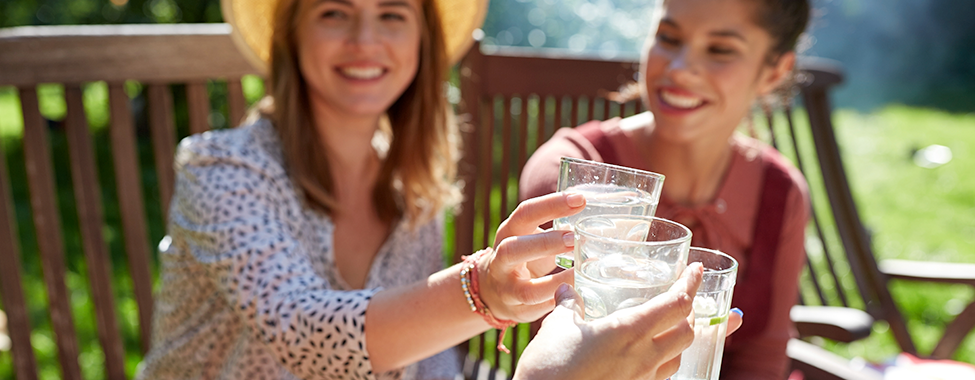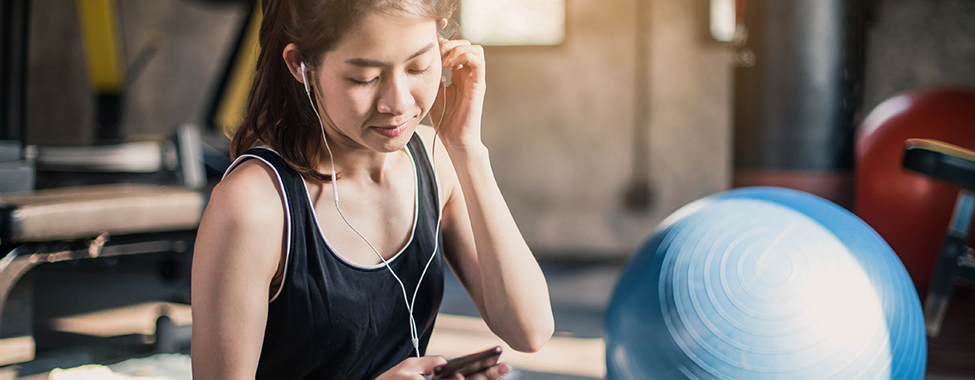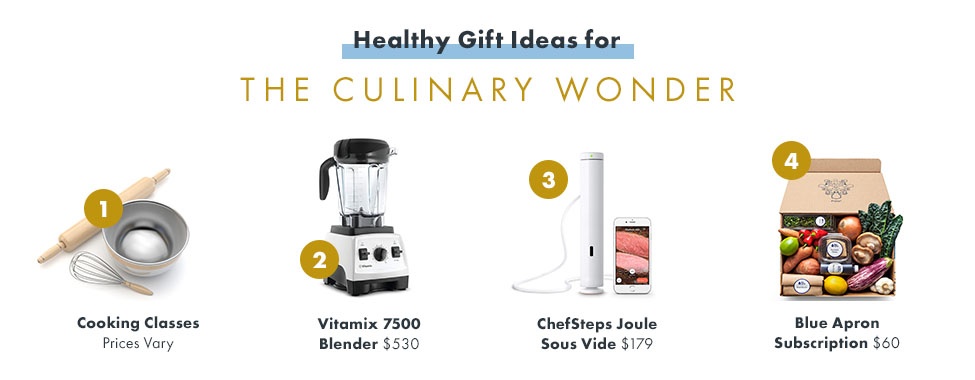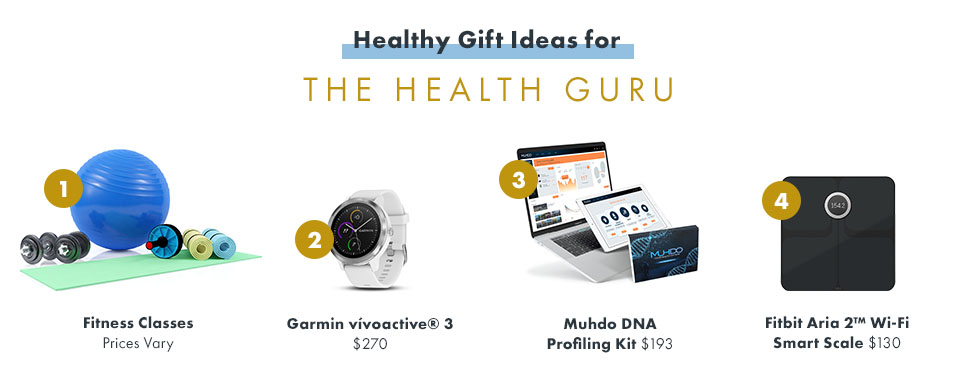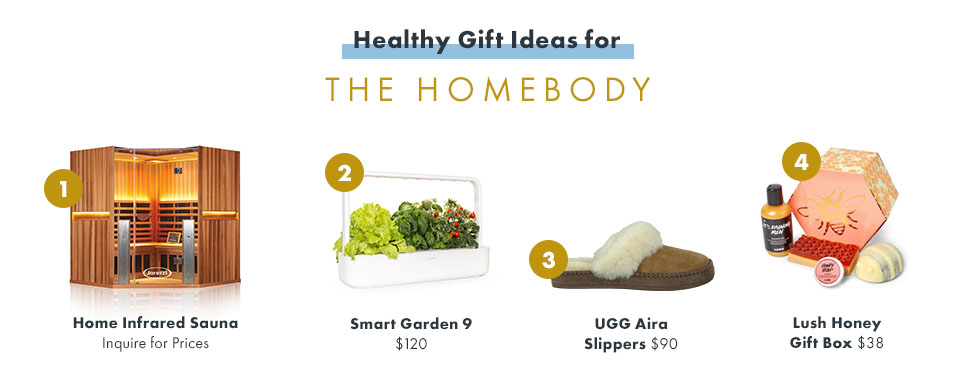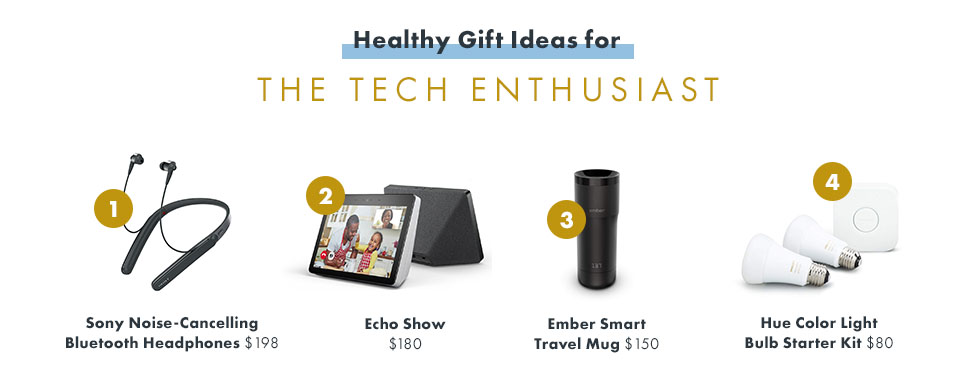Listening to podcasts and reading blogs are both wonderful ways to explore and learn new information on the go. There are plenty of publications out there, but finding the right one for you doesn’t have to be difficult. Whether you’re looking for workout motivation, meditation, or facts about health, these podcasts will keep you happy, healthy, and refreshed going into the new year.
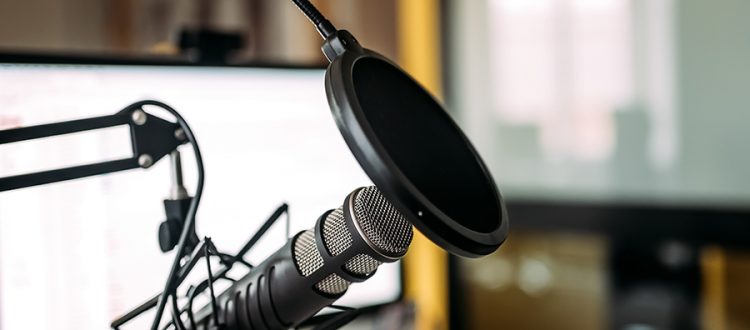
Best Health and Wellness Podcasts
10% Happier with Dan Harris
Dan Harris, an ABC newsman who had a panic attack on Good Morning America, used his experience to take up the practice of meditation in search of becoming 10% happier. This podcast interviews guests and aims to answer the question: Can you be an ambitious person and still strive for enlightenment (whatever that means)?
Ben Greenfield Fitness
This podcast covers fitness, nutrition, biohacking, fat loss, anti-aging and cutting-edge health advice from America’s top personal trainer, Ben Greenfield. This podcast features the latest research on health and wellness topics, how to optimize mind-body-spirit, and interviews with exercise, diet, and medical professionals to give a full picture of health.
Bulletproof Radio
The Bulletproof Radio podcast was started by Dave Asprey, the founder of Bulletproof Coffee. His podcast distills the knowledge of world-class MDs, biochemists, Olympic nutritionists, meditation experts in order to help listeners learn how to take control and improve your biochemistry, your body, and your mind so they work in unison.
The Doctor’s Kitchen Podcast
Covering a range of topics from the principles of healthy eating to how to prevent and treat illness, Dr. Rupy and his panel of experts draw on the latest research to give listeners actionable tips to help supercharge their health. This podcast is great for those wanting to learn more about how diet affects overall health.
Feel Better, Live More
Hosted by Dr. Chatterjee, this podcast aims to inspire, empower and transform the way we feel. Tune in to hear stories from leading health experts and exciting personalities who offer easy health life-hacks, give expert advice, and debunk common health myths giving listeners the tools needed to revolutionize how to eat, sleep, move, and relax.

The Goop Podcast
Gwyneth Paltrow and goop’s Chief Content Officer Elise Loehnen chat with a wide range of special guests – from doctors to creatives, CEOs to spiritual healers – about shifting old paradigms and starting new conversations. Listen to this podcast to learn about holistic and alternative approaches to medicine, fitness, nutrition, spirituality, and more.
The Rich Roll Podcast
Ultra-athlete, wellness evangelist, and world’s fittest vegan Rich Roll uses his master-class skills in personal and professional development to educate, inspire and empower listeners to unleash their best, most authentic self. Interviews with guests include topics in fitness, veganism, cooking, nutrition, and everything in between.
Sleep With Me: The Podcast
Sleep is integral to overall health, and this podcast aims to bore you to it. These bedtime stories for adults progressively becoming more boring to help calm the mind and wander off to sleep. Expect to find boring renditions of some of your favorite pop culture events, such as slow recaps of the recent episodes of current shows.
TEDTalks Health
From medical breakthroughs in cancer treatments and psychedelic-assisted psychotherapy to tips on what to ask your doctor and how to make healthy decisions, doctors and researchers share their discoveries about medicine and well-being. These podcast episodes are pulled from onstage TED conferences, TEDx events, and other global events.
Yogaland
Host Andrea Ferretti talks to insightful guests about yoga and the path of self-awareness. Her topics include how yoga is used in schools, how it rewires our brains, the nitty-gritty anatomy advice, the simple ways yoga helps us navigate emotions, and more. Yogaland provides weekly inspiration focusing on creating a happy, healthy, and meaningful life.
Best Health and Wellness Blogs
The Art of Healthy Living
Author Becky Stafferton provides a great resource for all things food, health, fitness, and beauty. From natural hair care to learning how to use water sustainably, Becky’s blog dives deeply into how to better your life from the inside out. Be sure to check out her food and product reviews to get real, honest takes on her experiences.
Clearlight Infrared Saunas Blog
From natural remedies to mental wellness tips, along with some helpful information on how infrared sauna use can improve your health. Backed by research and expert advice, our blogs aim to educate and entertain readers to a happier, healthier, and more natural life. Check in twice a month to find new health and wellness topics for the season.
Everyday Health
This blog is one of the most comprehensive and well-trusted sites for medical information. Helpful tools such as meal planners, symptom checkers, and calorie counters are offered alongside expert review of medical news and industry insights from writers who are in active clinical practice. Articles range from flu reports to healthy recipes.
Fit Foodie Finds
While the title of this blog may seem like it’s all about food, this site offers much more than that. CEO and founder Lee Funke has created an impressive catalogue of healthy recipes and has supplemented her message of balance with workout tips, travel and style guides, and wellness trends for a well-rounded and engaging health blog.
Healthline
Search for something health-related online, and you’re likely to see a Healthline blog show up in the results. Over 125 million visitors visit this blog every month for tips on medication, lifestyle, and general health news. Everything is written by health experts, meaning readers can feel confident in the information they are receiving.

MindBodyGreen
The founders of MindBodyGreen, Jason and Colleen Wachob, started this health and wellness blog as a way to document their journey toward living an organic and healthy life. After over a decade of producing content and building their brand, MindBodyGreen is a hub for all things related to holistic health, from natural beauty products to spirituality tips.
Mommypotamus
Traditional wisdom and modern research for smart, naturally-minded mamas – that’s the mantra of Mommypotamus. Heather Dessinger is behind this blog, and she makes sure to make her content applicable to both mamas and non-mamas. Stick around for her tips on beauty, health, natural home products, and more for a healthier life.
Naturally Savvy
This health and wellness blog focuses on how nutrition impacts many aspects in your life. From education on what you eat and which supplements you take to how to use natural ingredients as remedies for illness, Naturally Savvy stresses the importance of knowing how outside elements affect your body, and what you can do to counteract the negatives.
Well+Good
Well+Good does just as the blog name implies, it gives tips on wellness and how to experience good sweat, good looks, good advice, good food, good travel, and a good home. Writers Alexia Brue and Melisse Gelula continue to grow their site to provide readers with tips and insights into recent health and wellness trends.
Wellness Mama
Similarly to Mommypotamus, Wellness Mama is geared toward mothers and families looking to live a life of health and wellness. Of course, these blogs can be used by anyone – mama or not. Founder Katie Wells aims to educate readers about the importance of natural living through the support of a team of researchers and medical advisors.
Be sure to download and subscribe to these health and wellness podcasts and blogs to stay up-to-date with trends, tips, and other exciting content. The wellness space is constantly growing and evolving, so having a list of the best health and wellness blogs and podcasts to follow will help keep you informed throughout the year to help you stay on top of your wellbeing.
 Canada
Canada Australia
Australia New Zealand
New Zealand Germany
Germany UK
UK EU
EU Ireland
Ireland Malaysia
Malaysia China
China Japan
Japan
